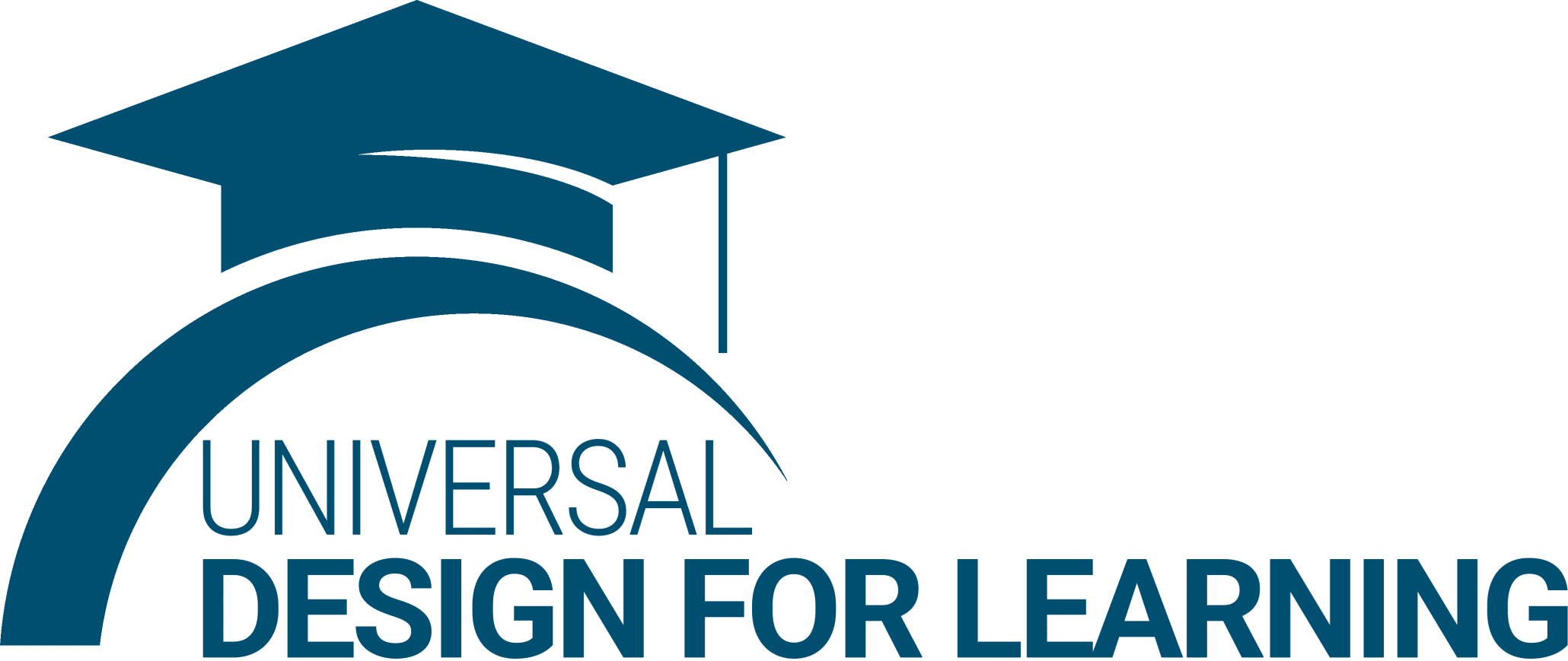Understanding Universal Design for Learning (UDL)
Ever wondered why some lessons click while others feel like they’re written in a different language? That’s where UDL or Universal Design for Learning comes into play. UDL is all about designing learning experiences that cater to everyone, ensuring that no learner feels left out.
The Heartbeat of UDL
At its core, UDL is a framework that aims to improve and optimize teaching and learning for all people based on scientific insights into how humans learn. Instead of asking, “How can I fit the student into my lesson?”, UDL encourages us to ask, “How can I make this lesson resonate with every student?”
A Three-Tiered Approach
UDL operates on three primary principles, each tailored to address the unique needs and challenges learners face:
- Engagement: Capturing the students’ interests and motivating them to learn.
- Representation: Presenting information in different ways to cater to diverse learners.
- Action & Expression: Allowing students to showcase their learning in various forms, from written tasks to oral presentations or even artistic creations.
Why UDL Matters
In a world where we celebrate diversity in culture, background, and thought, it’s only right that our classrooms reflect that diversity too. UDL is more than just a teaching method; it’s a movement towards inclusive education where everyone has an equal opportunity to succeed.
Join the UDL Revolution with U-DL
U-DL is passionate about creating a world where all learners feel seen, understood, and empowered. Our dedication to the UDL approach means that with us, learning knows no bounds. Together, let’s shape an educational landscape where every student gets a chance to shine brightly, just as they are.
